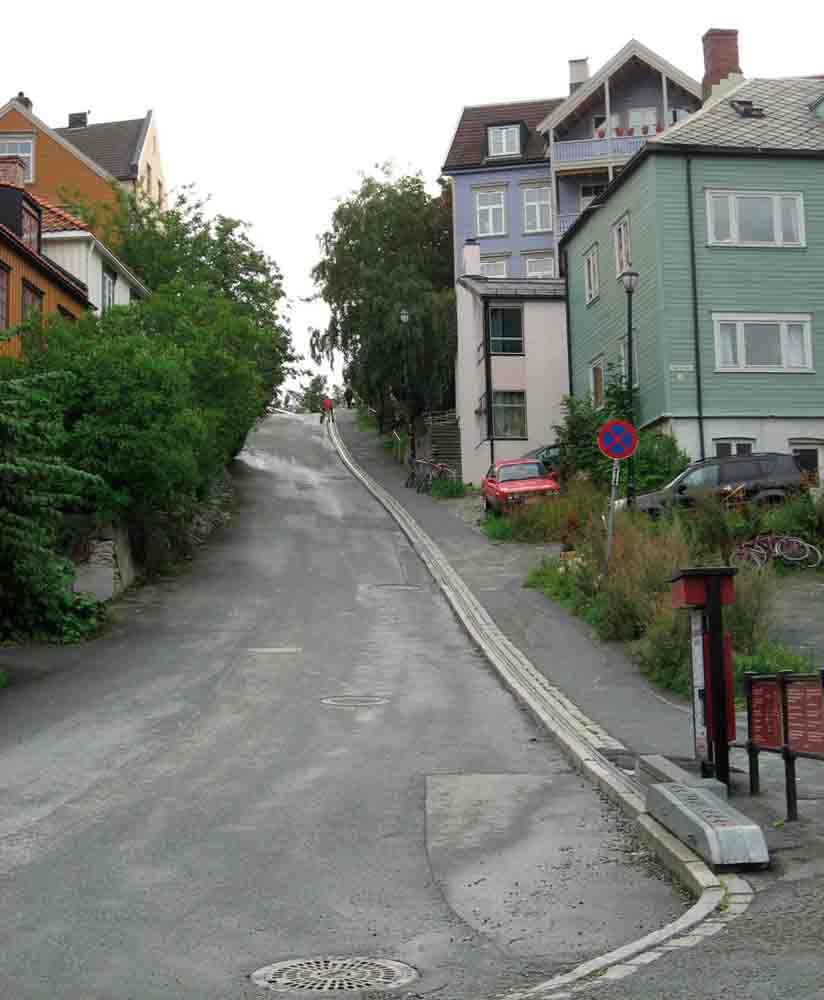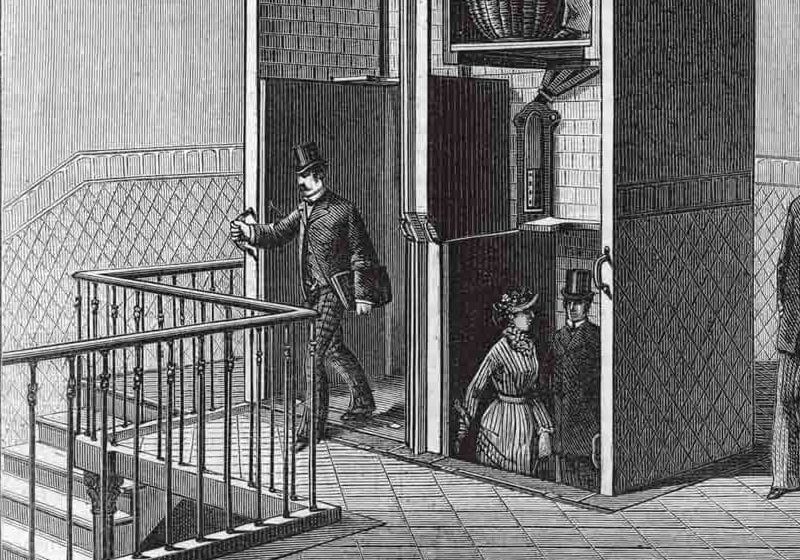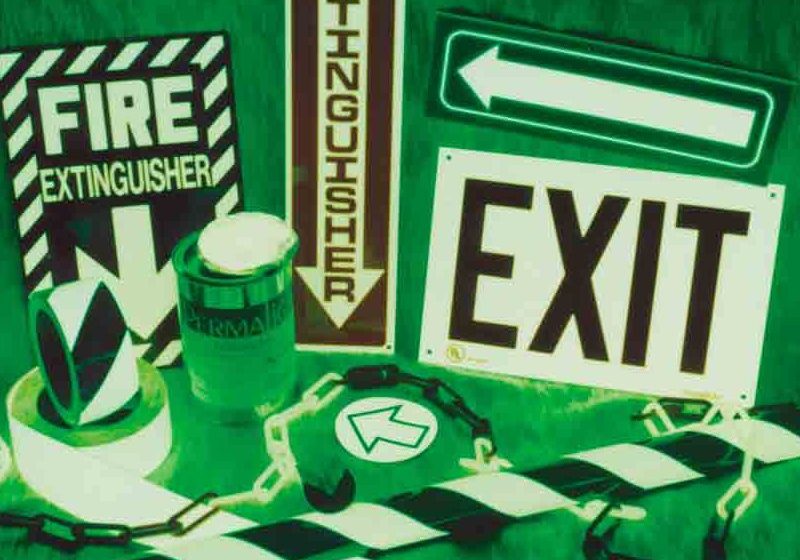In 1992, Trondheim, Norway, city-traffic planners sought a new and efficient means of increasing use of its bicycle road network when Jarle Wanvik of Design Management AS presented his idea for the bicycle lift. Inspired by ski-lift technology, the lift was designed to carry cyclists uphill without them having to descend from their bikes. In November of that year, Wanvik was asked to deliver and install a prototype of his patented lift.
Opened on August 18, 1993, the bicycle lift has proven popular with residents and tourists alike. It is estimated that the 130-m-long lift makes up to 30,000 trips per year. Traveling at speeds up to 2 mps, the lift can transport a maximum of 300 cyclists per hour. Most of the lift’s design structure is underground, just 300 mm below street level. The lift consists of a wire rope with 11 footplates, which clean the lift channel on descent.
To use the system, a cyclist puts his or her right foot on the starting point, keeping his or her left foot on the bike pedal. The user then inserts a keycard into the card reader and presses the “start” button, and a footplate emerges behind the right foot, which propels the rider uphill. Key-cards cost NOK100 (US$18.50) for one year, but one-time.
Get more of Elevator World. Sign up for our free e-newsletter.









